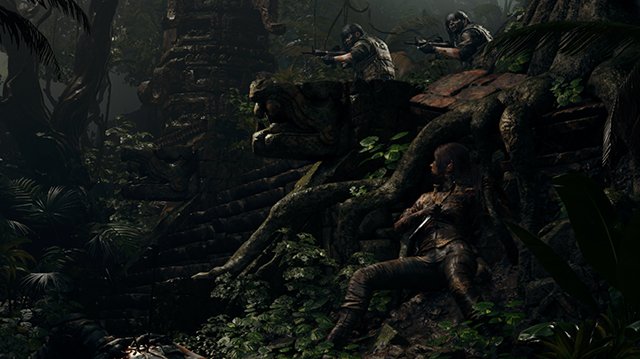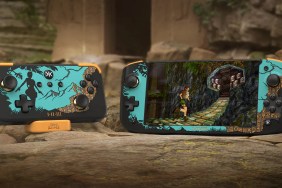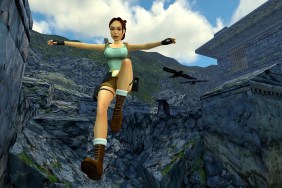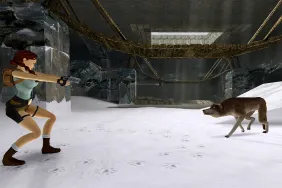This new Tomb Raider series has taken quite some time to build Lara up to her mythical pre-reboot status. SHADOW OF THE TOMB RAIDER, the trilogy-ender in this new series, aims to be that title that completes her arc from Bookshelf Raider to a legitimate Tomb Raider. While the game slowly reverts back to a standard, swashbuckling adventure by the midway point, it starts out as a promising, nuanced look at Lara and the treasure-hunting genre.
That treasure-hunting genre that Lara calls home has gone through rapid changes over the years too. Focusing solely on an ancient artifact was archaic as those artifacts and, while it may have worked for Indiana Jones, it isn’t as original today. It’s part of the reason Uncharted 4 and The Lost Legacy worked so well; they were character studies built within the context of seeking lost trinkets.
Shadow of the Tomb Raider Review: Behind the Raider
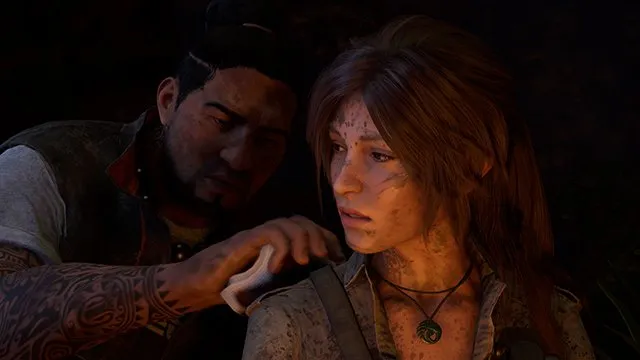
Tomb Raider hasn’t ever overcome that notion of following Lara’s inner self as much as Lara follows cryptic clues. Her father is emblematic of that issue, as the franchise’s multiple tired attempts to force him into every story always felt like cheap attempts at installing empathy. And while this game has plenty of that, it takes a look inside Lara’s heart and mind in a way this series should have embraced from the beginning.
Shadow of the Tomb Raider slows down and lets Lara and Jonah, her buddy since the 2013 entry, speak plainly about their thoughts and insecurities. While neither are particularly charismatic thanks to the clinical, mostly humor-free writing, the more introspective looks into their characters fleshes them out in a way that gives a decent insight into their motivations. This is in stark contrast to the first two games where we were told to care about the ill-fated crew and not shown.
This new look props up the dissection of her treasure-snatching habits. Instead of saving the world, she immediately puts it into danger after stealing a ceremonial dagger from its rightful place. By putting the literal and metaphorical knife in Lara’s hands, it correlates her colonial fantasies and the active destruction: her need to plunder has literally torn the world asunder.
It’s an unexpected, post-modern interpretation of the genre and sets up Lara’s reckoning with the colonialist foundation the series has built itself upon. Through clever symbolism and dialogue, the game makes Lara—and, by extension, the player—question whether or not breaking into ancient structures and stealing relics is the right thing to do.
By acknowledging the optics of a wealthy, white British woman plundering sacred structures made by people of color, it twists the genre and gives it a fresh take that fits more in line with today’s standards. This even extends to the villain, who is not a mustache-twirling, cackling caricature, but a reasonable figure vaguely reminiscent of Killmonger from Black Panther.
Shadow of the Tomb Raider Review: Raiding the Past
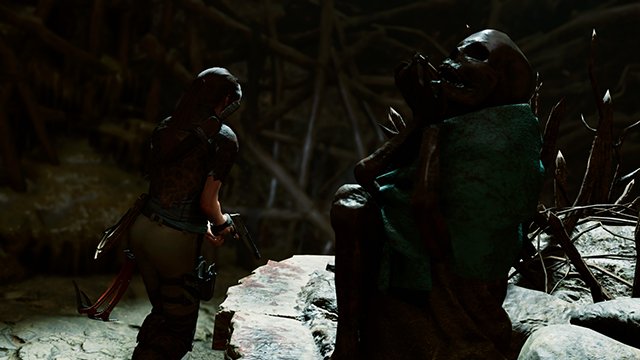
But these strengths only work until about the halfway point when the game seems stubbornly hellbent on crawling back to its established ways. Shortly after the players reaches Paititi, the oft-advertised hub, the focus shifts from Lara back to artifact hunting. Personal moments and genre critiquing take a backseat as the player is shuffled from one tomb to the next without as much of the thought-provoking self-analysis that had carried the game up until that point.
This marks the game’s transition from an incredible, self-aware Tomb Raider to a passable, comfortable one. This all culminates in the ending that transforms the villain into something less interesting than the grounded character with a sympathetic, personal cause. That cause is still there near the end, but buried beneath the spectacle of its explosive final scenes.
But the story also has its fair share of smaller, niggling issues particularly surrounding language. The aforementioned South American city of Paititi has been sheltered from outside forces, which makes it awfully peculiar for the locals to speak perfect English. There is an option to let most other characters use their native language but then it just makes it even more jarring when Lara communicates back using the cockney-tinted Queen’s tongue. It plays like a typical Tekken cutscene. Disbelief can only be suspended so much and games like Uncharted 2 have shown that it is possible to effectively tell a story through a language barrier.
Shadow of the Tomb Raider, as a game, speaks through its combat, puzzle, and traversal mechanics. Puzzles are still the game’s best gameplay pillar since they have inventive solutions that require critical thinking. Challenge Tombs are always full of rewarding brain-teasers but contrast with the game’s others systems that aren’t as frequently engaging.
Gunplay takes a lot of cues from its two predecessors with mixed results. Shooting and the automatic cover system are still a little loose, but the ability to slip back into stealth after an alert makes enemies feel more human lets you to manipulate the opposition in a way the decently-sized toolset encourages. But there are far fewer combat encounters in this game to exercise this toolset, which pokes huge holes in the upgrade and scavenging parts of the game.
Shadow of the Tomb Raider Review: Collectiblehs
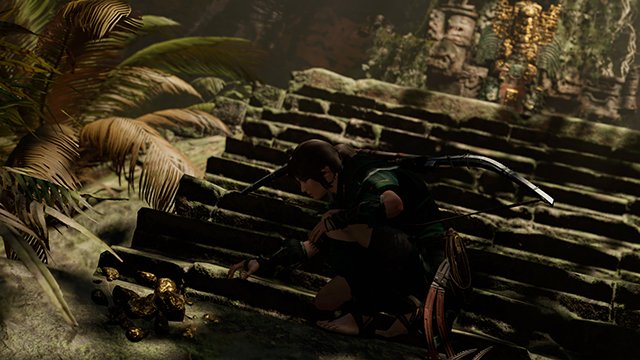
Environments are cluttered with every imaginable type of doodad and collectible. Constantly tracking down trinkets and plants stifles the pacing and gives you an absurd excess of crafting materials even on the harder difficulties. But since there are dramatically fewer battles, the gameplay never gets to reinforce Lara’s survivor instincts since it rarely gives you the opportunity to scrape by or even use all the stuff you’ve tediously spent forever mopping up.
Upgrading and gathering begins to lose its purpose and only seems to be there just for the sake of being there. Games like The Last of Us and Bioshock force you to dig through trash to intimately explore the world and tie your survival to scavenging resources. Shadow of the Tomb Raider isn’t so elegantly woven together and is a bit disjointed as a result.
Set pieces are similarly disjointed. These scenes are thrilling to watch but not as thrilling to play since they often wrestle control away from the player and force them to watch parts they could be performing. Action set pieces always look as they’re happening around you and not to you, which puts a bit of a damper on the parts you do get to control.
Running forward and jumping is fine, but isn’t the most involving way to make these scenes interactive and the way that Shadow of the Tomb Raider sticks to that blueprint is a little disheartening. Traversal also adheres to its same established blueprint, which means that it’s serviceable but will also bug out and send you to your death more than a few times.
I have previously said that Shadow of the Tomb Raider seemed like a “very sequelly sequel” and “the end this trilogy needs.” And after completing it, I stand by both of those disparate statements. Its initial focus on Lara’s character and colonialist mentality is surprisingly poignant. But it stumbles in following through on those topics and improving or changing the gameplay loop. Coincidentally, Shadow of the Tomb Raider looks content living in the shadow of the other Tomb Raider games, which is good enough in most respects. It’s just at its best when it crawls out of that shadow and ventures into uncharted territory.
Shadow of the Tomb Raider was reviewed on PS4 via a digital code provided by the publisher.
-
Gives a slightly deeper look into Lara’s character.
-
Lush, beautiful landscapes.
-
Thoughtful, challenging puzzles.
-
Too many collectibles and materials.
-
Inconsistent platforming controls and narrative conceits.
-
Mostly drops interesting story threads after the first act.
